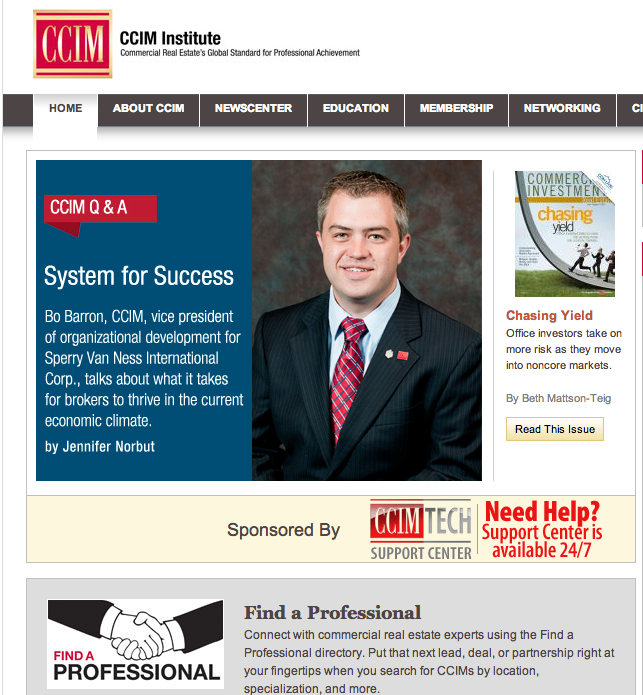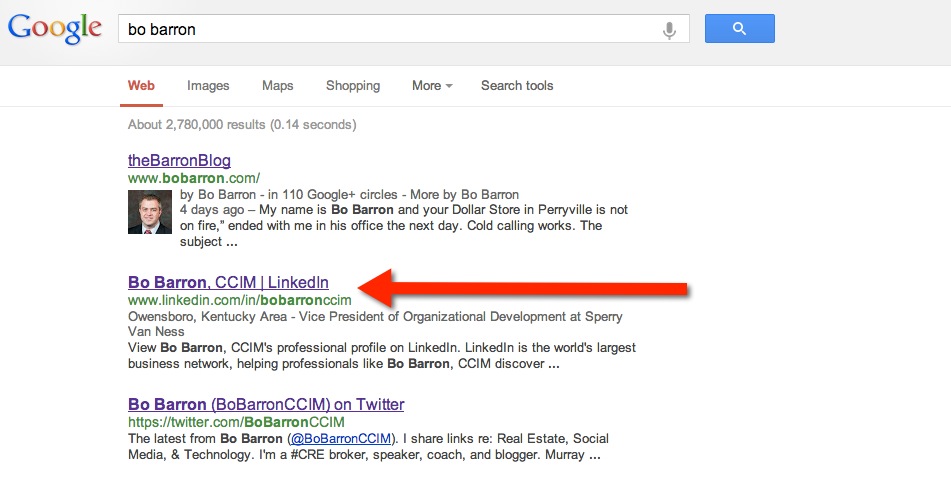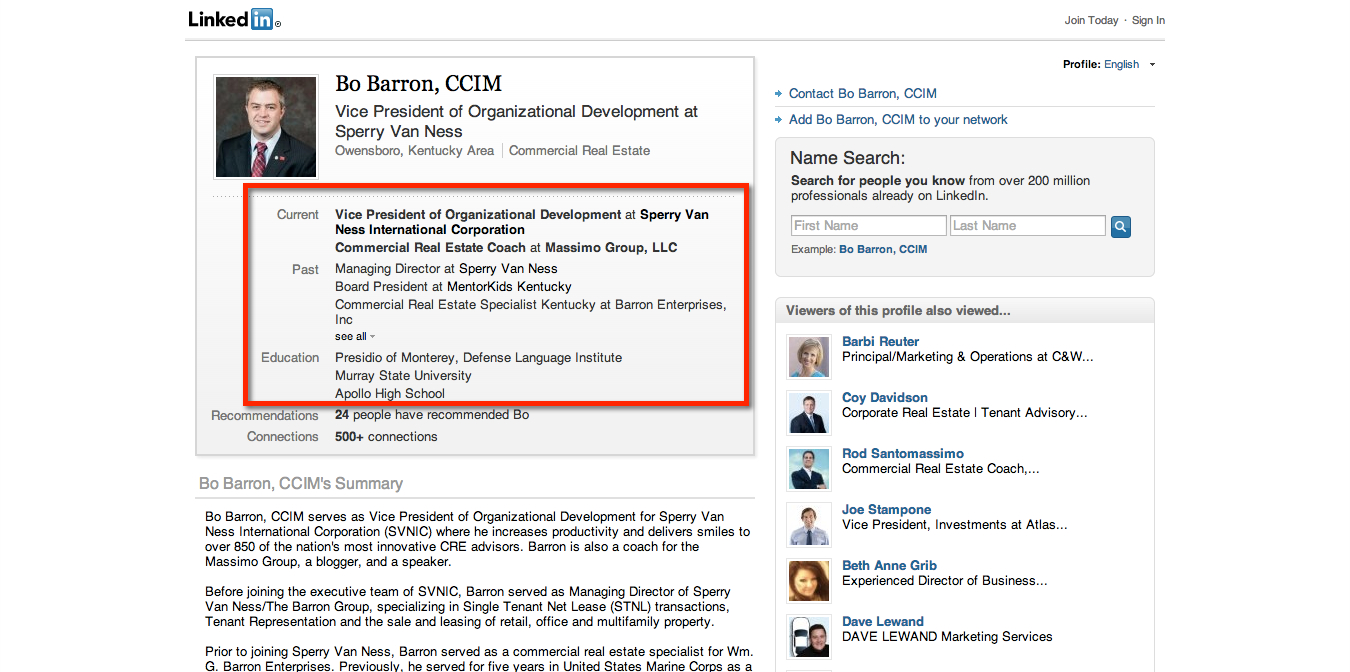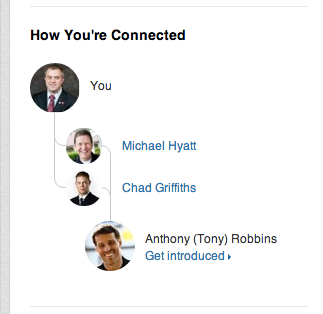The Clarity Series is a series of posts all on one subject. This particular subject is prospecting. While the context is commercial real estate, these steps and principles can be applied to any sales. To read the introduction of this series, click here. To read an overview of the entire prospecting system, click here. Thank you for reading!
In the last two posts, we have discussed the purpose and philosophy of cold calls as well as how to gain confidence by solid cold call preparation. In this post, we are going to talk about the ideal anatomy of a cold call.

Make the dang call! via iStockphoto.com
Anatomy of a Cold-Call
Opening Statement – Mike Lipsey calls this the IBS – initial benefit statement. The key here is to get right to the point. Communicate quickly and with clarity why taking this call will benefit the prospect. In Part 2 of this post, I discussed that you want to find the prospect’s website. What you are looking for is their mission statement, core values, etc.
For example, let’s say the prospects mission statement is to “Add value to the lives of our clients by providing unmatched products and world-class service.” Your opening statement could then be:
“Mr. Prospect. My name is Bo Barron. The purpose of my call is to help you add value to the lives of your clients by providing you with world-class service and unmatched expertise.”
Notice that I didn’t completely plagiarize their mission statement, but I’m talking the language of the prospect. The prospect will know that I’ve done my homework.
While I don’t believe in scripts, I do believe in crafting your opening statement before you call. Most salespeople have the most problems with how they start the call. “Uh, hi. My name is Bo Barron and I’m with ABC Co. Uh….how’s it going?” Terrible!
Knowing your opening line will give you confidence. It will also grab the attention of your prospect. This will give you a much better chance of landing the meeting.
Follow Up Question – Once you have gained the prospect’s attention with a killer opening statement, it is now time to ask the perfect question. What is that question, you ask? It is one that gets the prospect talking. If you can get them talking about a problem or an opportunity – even better. Here are some sample questions:
- What problems are you having with your vacancy?
- Many owners are struggling with their management. What difficulties are you having?
- When you purchased this property in 2004, what were your thoughts about how long you would keep it?
- I see that you own 3 properties in this area. What are your continuing growth plans?
- How long do you feel like your current capacity can handle your growth?
I suggest that you have two questions ready. If you bomb with the first, then you are ready to fire with the second. Also, human dynamics make it very difficult to say no twice. That is why a door-to-door salesman always has a second item to sell you when you shoot down the first.
And do not ask ‘yes/no’ questions. They will tell you no. Ask the prospect a question that leads them to share a little bit about their property, their plans, their frustrations, etc.
Value for Free – Here is where you can set the hook. Have something of value to offer the prospect for free. This could be a market report, trend report, or something in the news that could affect their property. The best thing, though, is a comp. Ideally, you have just sold something in the neighborhood. Owners want to know about deals that have happened. They want to know the details. They want to know who was involved. If you have that information, they will talk to you and meet with you.
Your thinking should be, “Even if I don’t uncover a possible relationship or transaction, this prospect is going to gain something valuable from taking my call.”
Close for the Meeting – At this point, you have shared with them the purpose of your cold call. You got them to share a little bit about their property or their business. Now you have piqued their interested in some information that you have. Now it is time to close.
Most of you stop here. Don’t. You have to ask for what you want. Ask for the meeting!
Now, you have just offered the prospect information that they want. Do not give it to them over the phone. Do not email it to them. Require that they meet you face to face. But make the requirement as whimsical and gentle as possible. I use the assumptive and alternative calendar closes the most.
First, I assume the prospect will meet with me. Then I give them two different dates and times that I can “pop by.”
- I like the alternative calendar close because the answer to the question is not “no.” I am asking the prospect to choose between two dates and times. This increases the likelihood of a positive answer.
- The term “pop by” is one I learned from the book How to Master the Art of Selling by Tom Hopkins (affiliate link). This is a great book on the tactics of selling. The term “pop by” just sounds quick – like you will just be there for a few minutes. Maybe you will. Regardless, it is easy for the prospect to agree to.
Within these 4 steps of the anatomy of a cold call, the conversation can go anywhere. You need to be ready to improvise and go where the cold call may take you. But remember, you have to actually ask for what you want. Ask for the short meeting.
I would love to hear some of the questions that you use on a cold call. Or how you ask for a meeting. My way suits my style and personality. Yours will be different. Leave your comments below!
There was an issue loading your timed LeadBox™. Please check plugin settings.

























